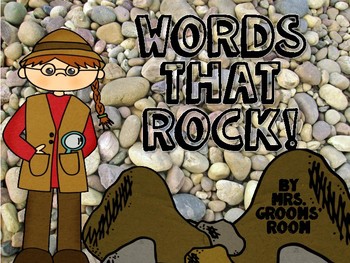


Several established and/or advanced their careers in rock ‘n’ roll by covering the recordings of Black artists, synthesizing the same rhythm and blues elements that their Black counterparts had updated, and adding elements of country and western music to the mix. The rhythm and blues and rock ‘n’ roll songs of Black artists influenced their white counterparts. The Black vocal group sound became a staple of pop radio during the 1960s, through girl group music and the music of artists recording for the Detroit-based Motown label which produced a steady stream of hits featuring artists such as Mary Wells, The Miracles (featuring Smokey Robinson), Stevie Wonder, Martha and the Vandellas, the Temptations, the Four Tops, Marvin Gaye, and the Supremes (featuring Diana Ross). Most of these groups, including the Crystals, the Chiffons, and the Ronettes (“Be My Baby,” 1963), were African American. Their song, “Will You Still Love Me Tomorrow” charted in 1960 and ushered in a critical mass of all-female “girl groups” onto the R&B and pop charts. Lee,” 1957) were followed successfully in the early ’60s by the Shirelles, who were the first all-female group to have a number one pop hit in the rock ‘n’ roll era. The Chantels (“Maybe,” 1957) and the Bobbettes (Mr. All-female harmony groups also came on the scene in the late 1950s. The Platters were one of the most commercially successful vocal groups of the era, and their song “The Great Pretender” (1955) was the first doo-wop group to reach number one on the pop charts. Other vocal groups included The Chords, Little Anthony and the Imperials (“Tears on My Pillow,” 1958), and Frankie Lymon and the Teenagers (“Why Do Fools Fall in Love,” 1956).

Other singing groups, particularly the Coasters ( “Yakety Yak,” 1958 and “Charlie Brown,” 1959), specialized in novelty or comedy-styled songs. Others took the names of birds such as the Orioles (“Crying in the Chapel,” 1953) and the Flamingos (“I Only Have Eyes for You,” 1959). Some doo-wop groups took the names of cars as their own, such as the Cadillacs ( “Speedoo,” 1955) and the El Dorados (“At My Front Door,” 1955). They added instrumental combo accompaniment that included solo tenor sax, handclapping, and an emphasis on beats 2 and 4 that Wild Bill Moore popularized in “We’re Gonna Rock, We’re Gonna Roll,” 1947. Alongside the more frenetic instrumental rock ‘n’ roll sound of the mid-1950s, teenage “doo-wop” a cappela harmony groups such as the Clovers ( “Don’t You Know I Love You,” 1951) and Billy Ward and His Dominoes (“Have Mercy, Baby,” 1952) developed a unique sound defined by their roots in Southern-flavored blues and gospel music, respectively. The prominence of the electric guitar as played by Chuck Berry ( “Maybellene,” 1955) and Bo Diddley ( “Bo Diddley,” 1955 with Chuck Berry), made the guitar a focal, soloing instrument, ultimately displacing the saxophone from the central position it held in rhythm and blues, and inspired young fans in England as well as America to learn to play the guitar. As rhythm and blues transitioned to rock ‘n’ roll, vocalists such as Ruth Brown (“Mama, He Treats Your Daughter Mean,” 1953), LaVern Baker (“Tweedlee Dee,” 1955) and Etta James singing with the Johnny Otis Orchestra (“The Wallflower,” 1955) established the rhythmic vocal style that characterized rock ‘n’ roll and promoted the music to Black and white teen audiences.


 0 kommentar(er)
0 kommentar(er)
